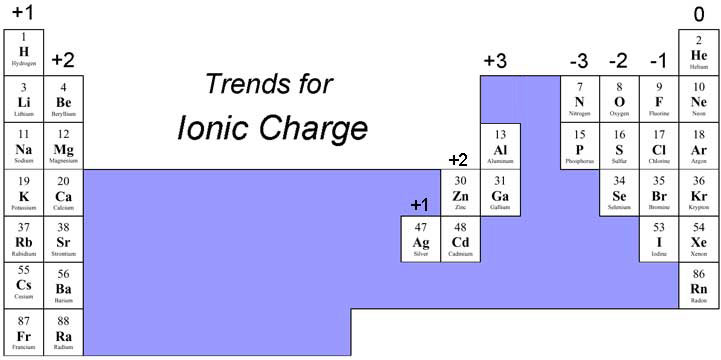

The evaporation of the salt-saturated water and subsequent mineral deposition means that these wells really can apparently turn common objects to stone. Niobe's apparent petrification and the subsequent seeping of mineral-laden water through the rock calls to mind the real chemical phenomenon of petrifying wells such as the one at Mother Shipton's Cave in Knaresborough in North Yorkshire. Water seeps through the porous limestone of the weeping rock and is said to resemble Niobe's unceasing tears at the fate of the niobids. There is to this day a rock formation in the Aegean region of Turkey termed the 'weeping rock' that resembles a woman's face, purportedly Niobe's. As a result Niobe fled to Mount Sipylus and was turned into stone. The Greek gods weren't very forgiving of this kind of hubris and as punishment killed all, or at least most, of her twelve children the niobids. She was foolish enough to suggest that rather than worshipping invisible gods, it might be a nice idea to appreciate real people for a change. Tantalus has an element named after him as well tantalum which falls directly below niobium in the periodic table. What an evocative name! The element was christened after Niobe, the daughter of Tantalus in Greek mythology. Political stability of top reserve holderĪ percentile rank for the political stability of the country with the largest reserves, derived from World Bank governance indicators. The higher the value, the larger risk there is to supply.Ī percentile rank for the political stability of the top producing country, derived from World Bank governance indicators. The percentage of the world reserves located in the country with the largest reserves. The higher the value, the larger risk there is to supply. The percentage of an element produced in the top producing country. Low = substitution is possible with little or no economic and/or performance impact Medium = substitution is possible but there may be an economic and/or performance impact High = substitution not possible or very difficult. The availability of suitable substitutes for a given commodity. A higher recycling rate may reduce risk to supply. The percentage of a commodity which is recycled. The number of atoms of the element per 1 million atoms of the Earth’s crust. This is calculated by combining the scores for crustal abundance, reserve distribution, production concentration, substitutability, recycling rate and political stability scores. The Chemical Abstracts Service registry number is a unique identifier of a particular chemical, designed to prevent confusion arising from different languages and naming systems.ĭata for this section been provided by the British Geological Survey.Īn integrated supply risk index from 1 (very low risk) to 10 (very high risk). Where more than one isotope exists, the value given is the abundance weighted average.Ītoms of the same element with different numbers of neutrons. This is approximately the sum of the number of protons and neutrons in the nucleus. The mass of an atom relative to that of carbon-12. The transition of a substance directly from the solid to the gas phase without passing through a liquid phase.ĭensity is the mass of a substance that would fill 1 cm 3 at room temperature. The temperature at which the liquid–gas phase change occurs. The temperature at which the solid–liquid phase change occurs. The arrangements of electrons above the last (closed shell) noble gas. These blocks are named for the characteristic spectra they produce: sharp (s), principal (p), diffuse (d), and fundamental (f). The atomic number of each element increases by one, reading from left to right.Įlements are organised into blocks by the orbital type in which the outer electrons are found. Members of a group typically have similar properties and electron configurations in their outer shell.Ī horizontal row in the periodic table.


 0 kommentar(er)
0 kommentar(er)
